Introduction
Walking on concrete can be tough on your feet, especially if you spend long hours on them. The right shoes can make a world of difference, providing comfort, support, and even a touch of style. In this guide, we’ll explore the best shoes for walking on concrete, drawing on real-world experiences, case studies, and expert advice to help you find your perfect pair.
Why Choosing the Right Shoes Matters
With concrete being a hard, unforgiving surface, the risk of foot fatigue and discomfort increases significantly. Studies indicate that improper footwear can lead to various issues, including joint pain, plantar fasciitis, and other musculoskeletal disorders. A study by the National Institutes of Health highlights the importance of choosing appropriate footwear to mitigate these risks. Investing in good walking shoes is not just about comfort; it’s also about maintaining your overall health while navigating concrete terrains.
Key Features of Good Walking Shoes for Concrete
1. Cushioning
Cushioning is essential when walking on hard surfaces like concrete. A well-cushioned shoe absorbs shock, reducing the impact on your joints and feet. Look for shoes with high-quality foam or gel insoles that provide both comfort and support.
2. Arch Support
Proper arch support is crucial for maintaining foot alignment and preventing discomfort. Shoes that provide sufficient arch support can help distribute your weight evenly, reducing pressure on specific areas of your feet and minimizing the risk of developing conditions such as plantar fasciitis.
3. Breathability
Spending long hours on concrete can lead to sweating and discomfort. Shoes made from breathable materials allow for better airflow, keeping your feet cool and dry. Look for options with mesh panels or moisture-wicking fabrics.
4. Flexibility and Weight
Your walking shoes should be lightweight and flexible, allowing for natural foot movement. Heavy shoes can tire you out quickly, while overly stiff shoes can restrict your stride. Aim for a balance that caters to your walking style.
Top Shoes for Walking on Concrete: A Detailed Review
1. ASICS Gel-Nimbus 23
The ASICS Gel-Nimbus 23 is designed for long-distance walkers and runners, making it a top contender for concrete walking. Its gel cushioning technology absorbs shock, while the breathable mesh upper keeps your feet comfortable. Many users report reduced foot fatigue and improved comfort, even after hours of wear.
Pros and Cons
- Pros: Excellent cushioning, good arch support, breathable.
- Cons: Pricey, may require a break-in period.
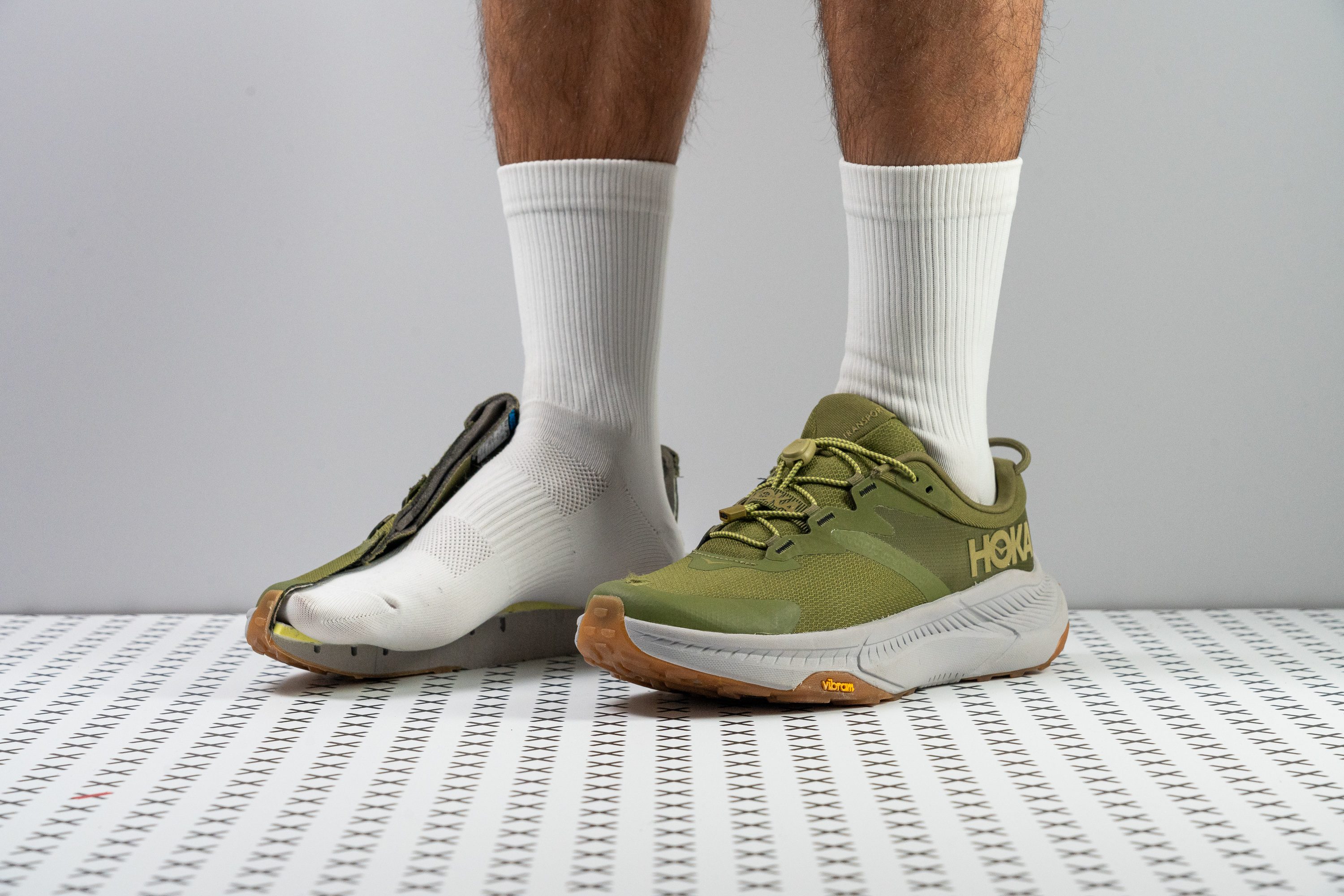
2. New Balance 990v5
The New Balance 990v5 combines classic style with advanced technology, making it a favorite among footwear enthusiasts. Its ENCAP midsole technology provides both cushioning and support, ideal for those long walks on concrete. Users love its durability and versatility for various occasions.
Pros and Cons
- Pros: Durable, excellent support, stylish.
- Cons: Can be heavy for some users.
3. Saucony Triumph 18
For walkers seeking plush comfort, the Saucony Triumph 18 is a standout choice. The PWRRUN+ cushioning technology offers fantastic shock absorption, which is especially beneficial for concrete surfaces. Many real-world users praise its comfort during extended walking sessions.
Pros and Cons
- Pros: Great cushioning, lightweight, good traction.
- Cons: Pricing might be on the higher side.
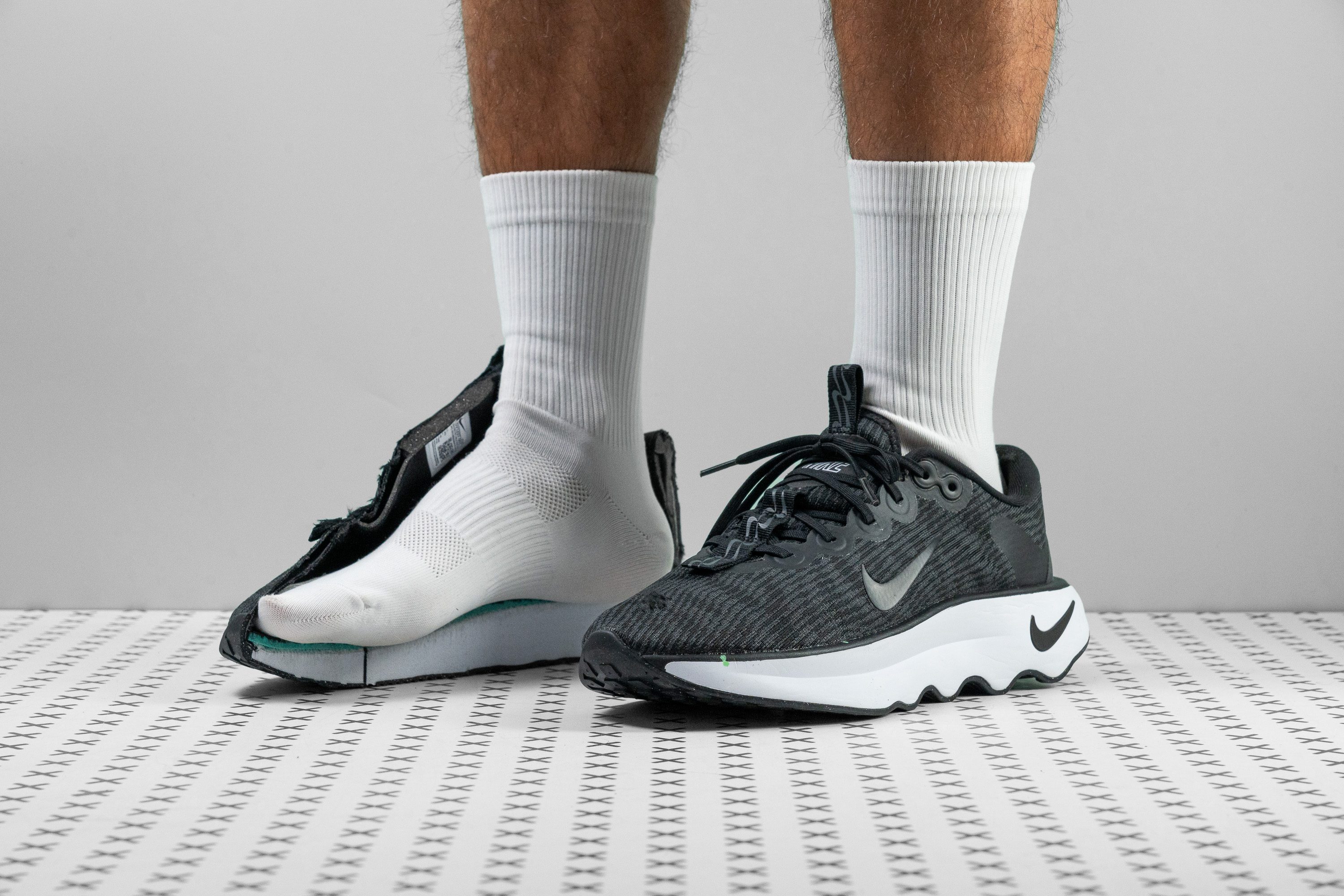
Comparison Table
| Brand | Model | Cushioning | Weight | Price |
|---|---|---|---|---|
| ASICS | Gel-Nimbus 23 | Excellent | 10.9 oz | $149.95 |
| New Balance | 990v5 | Good | 12.0 oz | $184.99 |
| Saucony | Triumph 18 | Excellent | 8.4 oz | $149.95 |
Tips for Choosing the Best Walking Shoes
1. Consider Your Foot Type
Understanding your foot type—flat, neutral, or high-arched—is crucial when selecting shoes. Research shows that different foot types require varying levels of support and cushioning. A study by Foot.com emphasizes the importance of matching shoes to your foot type for optimal comfort.
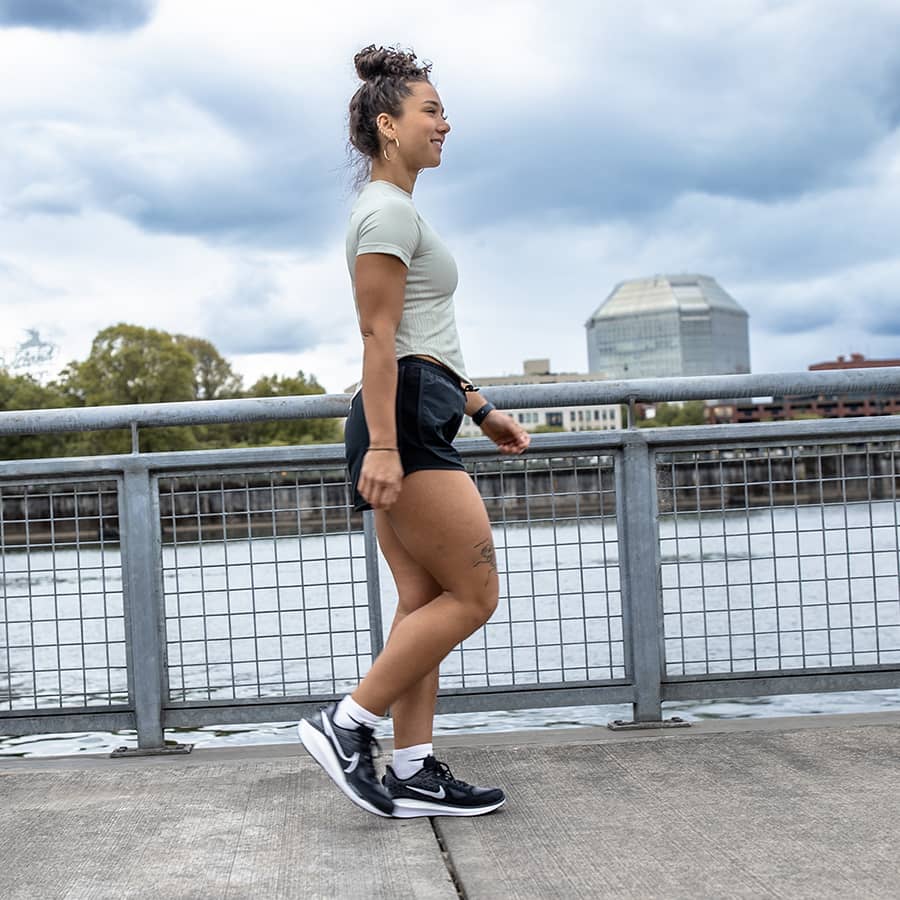
2. Size Matters
Always ensure you try on shoes later in the day when your feet are slightly swollen. This will give you a more accurate fit. Remember to leave about a thumb’s width of space between your longest toe and the front of the shoe.
3. Don’t Forget to Walk on Your Surfaces
If possible, walk around on a concrete surface when trying on shoes. The real-world experience can reveal how well the shoes handle the specific terrain you’ll be walking on, giving you a better understanding of their suitability.

Real-World Footwear Experiences
Case Study 1: The Retail Worker
A retail worker named Sarah has spent years standing and walking on concrete floors. After suffering from chronic foot pain, she switched to the ASICS Gel-Nimbus 23. According to Sarah, the gel cushioning made a noticeable difference; she could stand longer and felt less fatigued by the end of her shifts. She now recommends these shoes to anyone working on hard surfaces.
Case Study 2: The City Explorer
Michael, an avid city explorer, faced discomfort during his daily walks. After doing some research, he invested in the Saucony Triumph 18. He stated that the shoes have transformed his walking experience, allowing him to cover long distances without discomfort. He appreciates the lightweight feel and how they adapt to different terrains.
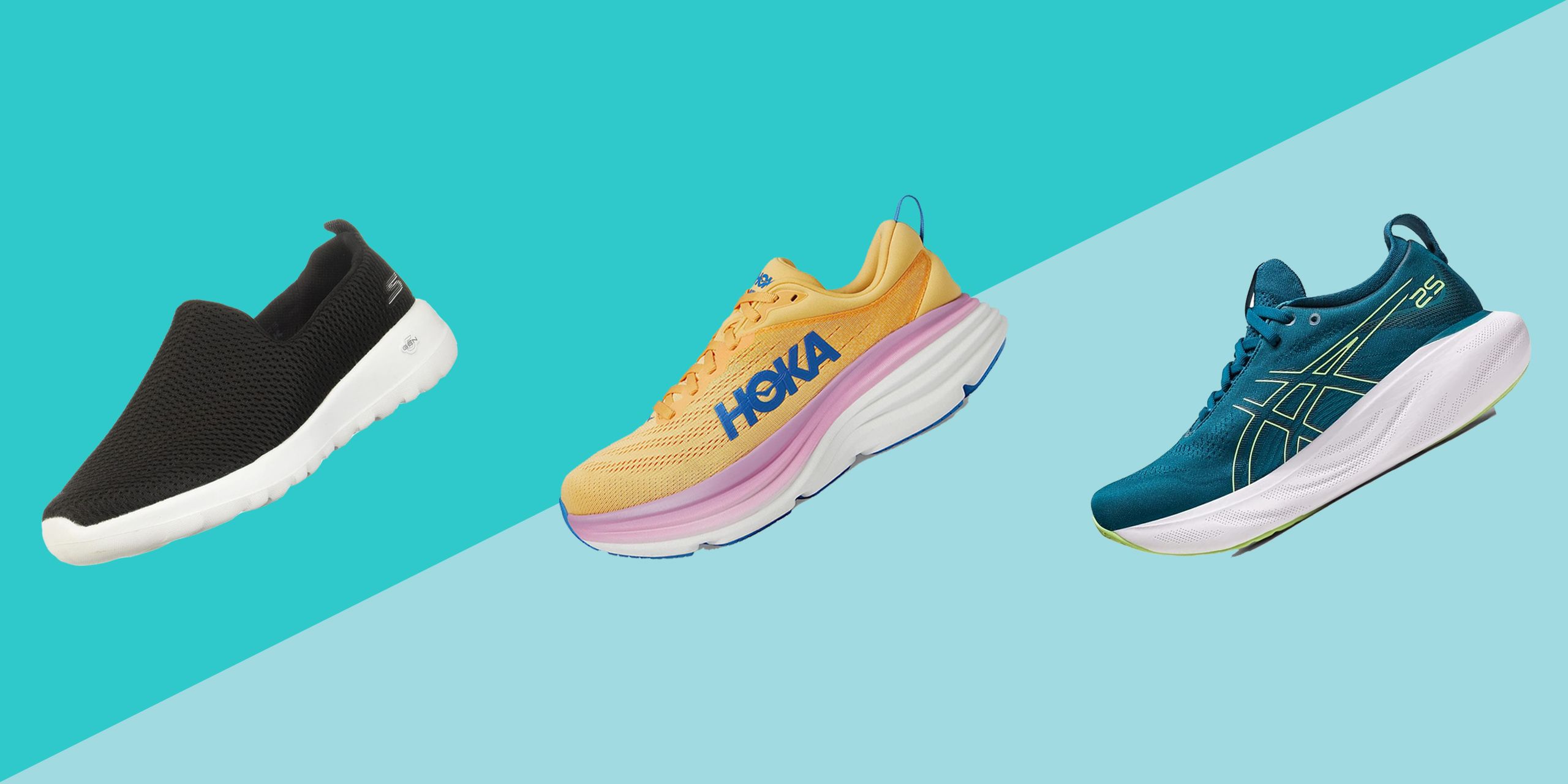
Frequently Asked Questions (FAQs)
1. What features should I look for in walking shoes for concrete?
When looking for walking shoes to wear on concrete, prioritize cushioning, arch support, breathability, and flexibility. These features help provide comfort and reduce the impact on your joints.
2. Are expensive walking shoes worth the investment?
While price doesn’t always equate to quality, investing in a good pair of walking shoes can prevent foot pain and other issues in the long run. It’s typically worth it to prioritize comfort and support.

3. How often should I replace my walking shoes?
Walking shoes should ideally be replaced every 300-500 miles, depending on wear and tear. Signs such as uneven sole wear, diminished cushioning, or discomfort while walking indicate it’s time for a new pair.
4. Can I use running shoes for walking?
Yes, many running shoes provide ample cushioning and support for walking. However, ensure they fit well and meet your walking needs, as running shoes may differ in design and support compared to specialized walking shoes.
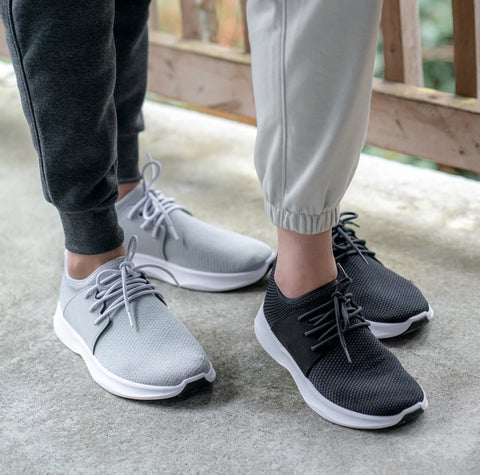
5. Do specific brands cater better to concrete walking?
Some brands, like ASICS, New Balance, and Saucony, focus on comfort and support, making them popular choices for walking on concrete. However, personal fit is crucial, so always try on different brands.
6. How do I properly break in new walking shoes?
Start by wearing your new shoes for short periods around the house. Gradually increase wear time over several days. This helps your feet adjust to the new shoes and reduces the risk of blisters and discomfort.

7. Should I wear socks with my walking shoes?
Yes, wearing socks is recommended as they can help prevent blisters, wick moisture, and maintain hygiene. Choose moisture-wicking socks to enhance comfort while walking.
8. Can I wash my walking shoes?
Most walking shoes can be cleaned, but it’s essential to check the manufacturer’s instructions. Generally, washing them with mild soap and water is safe. Air-drying is preferred to maintain shape and integrity.
9. What is the best time of day to shop for shoes?
The best time to shop for shoes is in the late afternoon or evening when your feet are slightly swollen. This helps ensure a proper fit and reduces the likelihood of discomfort later.
Conclusion
Choosing the right shoes for walking on concrete is vital for your comfort and overall foot health. With various options available, it’s essential to consider your unique needs, such as foot type and walking habits. Whether you opt for the ASICS Gel-Nimbus 23, New Balance 990v5, or Saucony Triumph 18, each brings something special to the table. Remember to prioritize features like cushioning, arch support, and breathability to ensure you’re walking comfortably on hard surfaces.